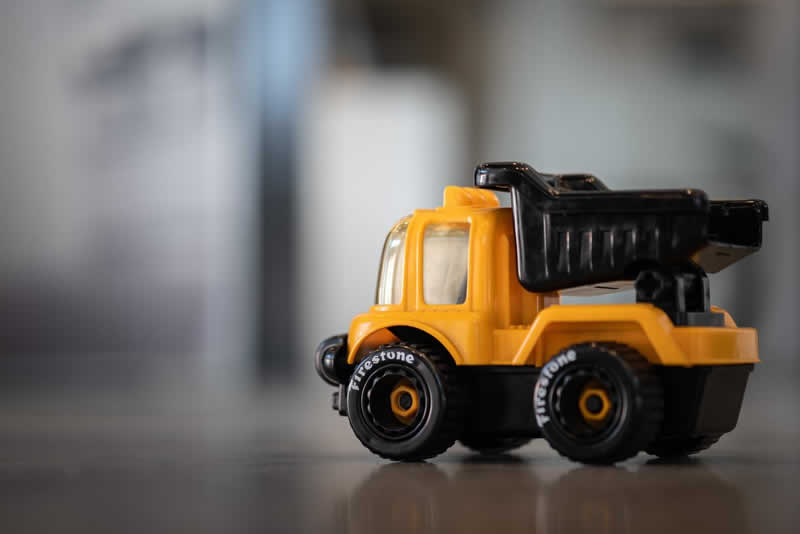Recycling concrete has a whole host of benefits over taking concrete to a dumpsite. For construction companies who end up with concrete waste at the end of projects, recycling concrete is often the best choice to protect the environment and reduce costs. Generally, concrete needs to be crushed before it’s recycled, which may be something you can handle on your own. So what is the process for crushing concrete like?
Preparing the Concrete for Crushing
In many instances, the concrete will need some preparation before it is ready to be crushed. To prepare the concrete, start with a thorough cleaning. That means removing any trash, metal, wood, or paper from the concrete. To quickly remove metal contaminants such as rebar, we recommend the standard technique of using magnets. Usually, scrap metal that has been removed from concrete can then be recycled or sold. Once the various contaminants have been separated from the concrete, sort the remaining concrete chunks by size. Cleaning the concrete and then sorting the chunks will make it much easier for the machines to crush and process the concrete.
Crushing Methods
After cleaning and sorting, you can load the concrete up and haul it to a concrete recycling plant for processing. Alternatively, you can handle concrete crushing on-site. There are a few different options available for crushing equipment in terms of size and how fast they operate. A sizeable road-portable plant can process 600 tons of concrete and asphalt per hour, but it’s a large machine. If you don’t have quite that much space, a smaller, compact, self-contained crusher can process 150 tons per hour. Alternatively, there are crushing attachments for excavators that you can add to process up to 100 tons per hour.
There are a few different types of crushing machines that you can use to crush concrete for recycling. Jaw, impact, and cone crushers are the most commonly used types of concrete crushers. Jaw crushers act like a nutcracker and “chew” the concrete into smaller pieces until they’re small enough to fit through the machine’s teeth. Impact crushers work by either smashing pieces of concrete against hard surfaces or hitting it with a hammer on a spinning rotor until it breaks apart. Cone crushers use two layers within the machine to crush the concrete into increasingly smaller pieces as the material moves towards the crusher’s tip.
Final Cleaning
After the concrete has been crushed, the concrete then gets sorted by size. The concrete gravel size will help determine the type of projects it can be used for, so sorting is an essential step in concrete recycling. Once it is sorted a second time, the concrete also goes through a second and final cleaning. An electromagnet pulls out any remaining metal from the crushed concrete, which can be recycled or sold. Other particulates may be filtered out by hand or by using water flotation or separators.
Hauling concrete to a dumpsite may have been the default method of concrete disposal in the past. But these days, crushing and recycling concrete waste is the more economical and environmentally-friendly form of concrete disposal. If you want the extra cost savings, opt to crush your concrete and recycle it for use in future projects that require concrete aggregate.


